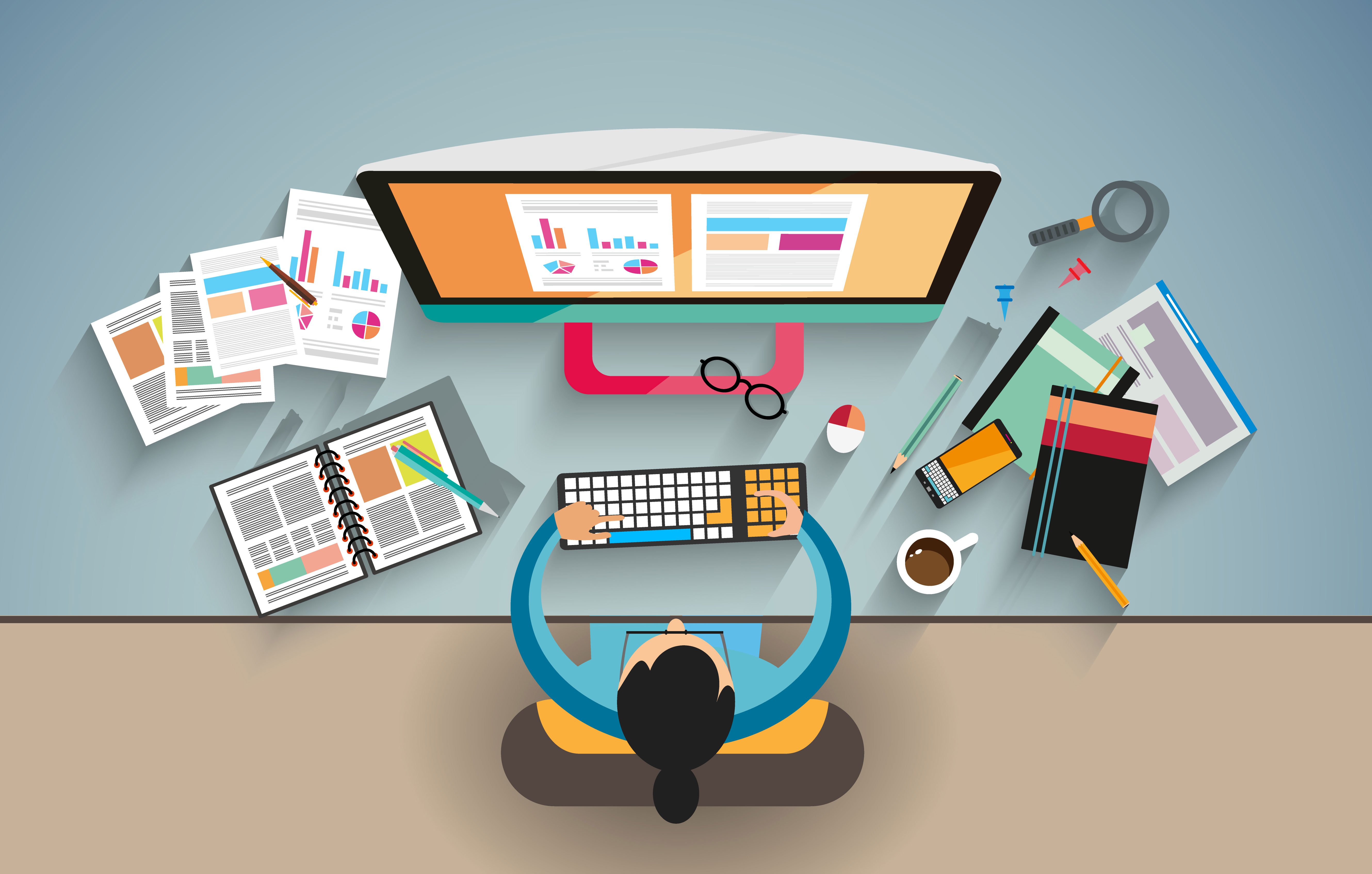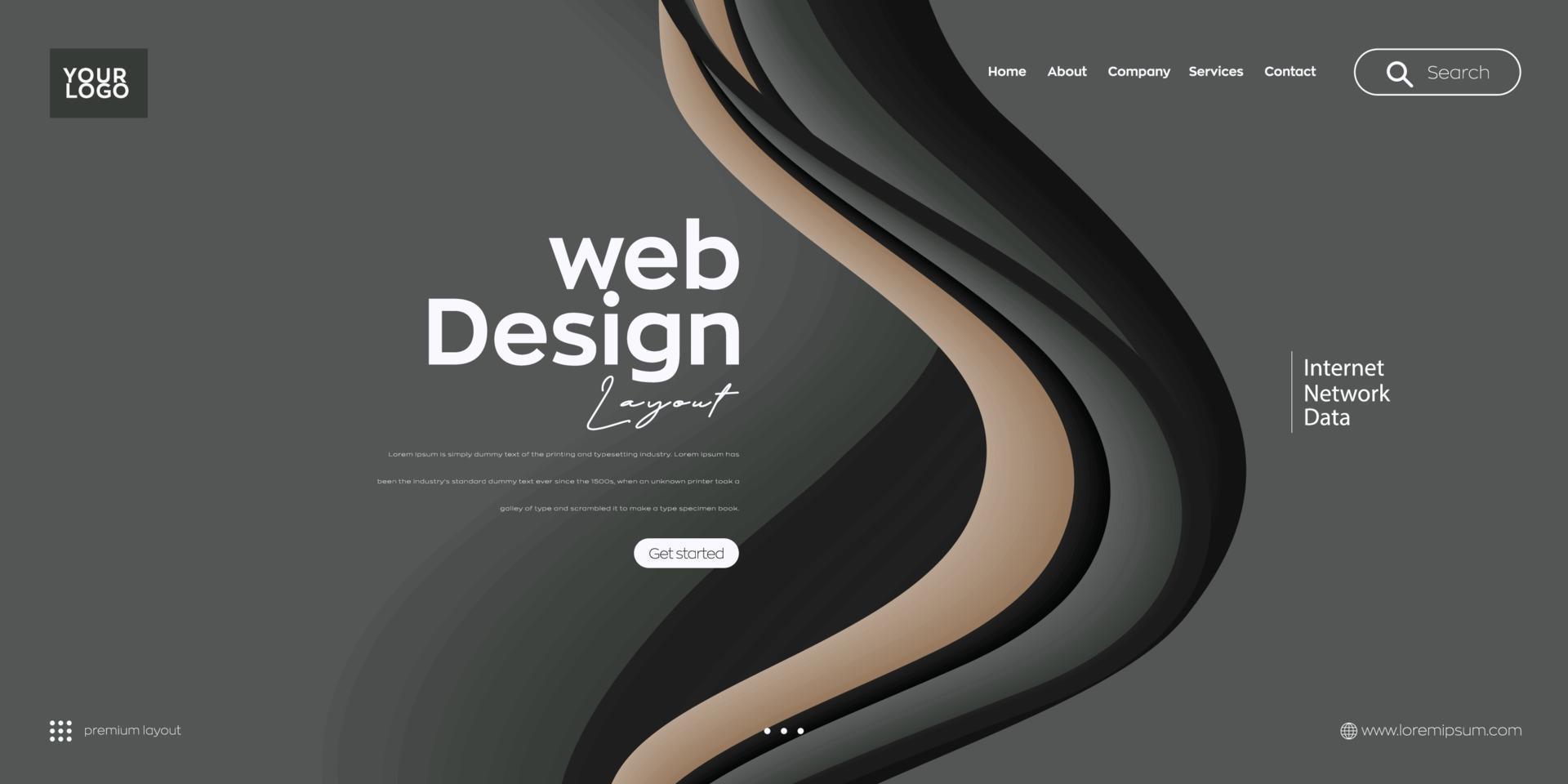Creative Aligned Position Web Design: Cutting-Edge Solutions for Your Website’s Success
The Very Best Kinds Of Web Layout to Boost User Experience and Interaction
In the ever-evolving landscape of digital communication, the efficiency of Web style significantly affects customer experience and interaction. Various style methods, such as minimalist, receptive, and interactive layouts, each deal unique advantages that can provide to varied individual needs. Recognizing which sorts of Web style ideal offer these objectives can be crucial for businesses aiming to improve consumer fulfillment and retention. The concern stays: which style components genuinely reverberate with individuals and foster meaningful involvement? The exploration of these concepts discloses important understandings that may redefine your strategy to Web design.
Minimalist Website Design
As electronic landscapes become significantly messy, minimal website design has arised as a powerful approach to enhancing individual experience. This design viewpoint focuses on simplicity, concentrating on crucial components while eliminating unnecessary diversions. By using ample white area, simple navigating, and a minimal color combination, minimal design promotes quality and routes user interest to vital web content.
The core concept of minimal website design is to create a smooth communication for users. By decreasing cognitive lots, individuals can swiftly understand information without feeling overwhelmed. This straight method not just enhances use however also motivates engagement, as site visitors are a lot more most likely to discover a site that is aesthetically attractive and easy to browse.
Furthermore, minimalist style often highlights typography and imagery, utilizing these aspects strategically to share messages properly. In essence, minimal Web design is not simply a trend; it is a thoughtful method that acknowledges the relevance of user-centered style.
Responsive Web Layout
In today's diverse digital setting, receptive website design has ended up being important for creating a smooth user experience throughout a wide range of tools. As customers gain access to web sites on smart devices, tablets, desktop computers, and laptops, the ability of a website to adjust its layout and web content to different screen sizes and resolutions is crucial.
Responsive website design utilizes adaptable grids, photos, and CSS media queries to guarantee that Web material is presented efficiently, no matter the device made use of. This strategy not just boosts the aesthetic charm of a site but additionally considerably boosts use. Individuals are most likely to involve with a website that offers a constant experience, as it removes the frustration of needing to zoom in or scroll exceedingly.
By taking on responsive style, companies can enhance their exposure and reach a wider target market. In recap, receptive Web layout is a fundamental method that enhances individual experience, engagement, and overall contentment.
Interactive Website Design
Receptive website design prepares for enhancing user experience, yet interactive Web layout takes this an action additionally by engaging customers in a much more vibrant way - Aligned Position Web Design. By incorporating components such as animations, clickable prototypes, and real-time feedback, interactive website design captivates users, attracting them into a richer browsing experience
This method not only fosters interaction however additionally encourages individuals to explore content actively instead of passively consuming it. Strategies such as gamification, where users make rewards for completing jobs, can substantially enhance the moment invested on a website and enhance total satisfaction. Interactive attributes can streamline complex information, making it more digestible and enjoyable.

Integrating interactive layout aspects can additionally cause greater conversion prices, as users are most likely to involve with a website that actively involves them. Aligned Position Web Design. Eventually, interactive website design transforms customer experiences into memorable trips, guaranteeing that visitors return time after time
Flat Design
Defined by its minimalistic technique, flat style stresses simpleness and capability, stripping away unnecessary components and concentrating on essential attributes. This design viewpoint prioritizes use, guaranteeing that customers can browse user interfaces easily and performance. By utilizing a tidy aesthetic, flat style gets rid of the clutter commonly discovered in much more luxuriant designs, therefore improving customer concentrate on material and capability.
The characteristic of level style hinges on its use strong shades, straightforward typography, and geometric shapes. These elements add to an aesthetically appealing user interface that is both friendly and modern-day. Furthermore, flat layout cultivates a feeling of clearness, allowing customers to discern essential actions and info without distraction.
Additionally, level style is specifically efficient in receptive Web design, as its simplicity equates well throughout different devices and display dimensions. The absence of complex appearances and gradients reduces packing times, which is critical for preserving individual engagement. As electronic landscapes continue to advance, level design continues to be an appropriate choice for producing straightforward internet sites that enhance general experience. By focusing on vital functions, level design not only fulfills user demands but additionally urges seamless communication, making it an essential part of reliable Web layout methods.
Adaptive Web Design
Adaptive Web style customizes the user experience by producing numerous fixed designs tailored to various screen sizes and devices. Unlike receptive design, which fluidly adjusts a single layout, adaptive design uses unique layouts for specific breakpoints, ensuring optimum presentation on numerous platforms. This approach allows developers to concentrate on the special attributes of each tool, enhancing functionality by delivering specifically what users need based upon their Click Here context.
Among the key benefits of adaptive website design is its capability to enhance load times and performance. By serving customized content and pictures that fit the user's tool, internet sites can minimize information usage and boost loading speeds. This is specifically helpful for customers with slower connections or minimal data strategies.

Additionally, adaptive layout promotes a much more regulated and regular branding experience. Because developers develop numerous formats, they can make certain that the aesthetic components line up with the brand's identification throughout different systems - Aligned Position Web Design. This results in a cohesive individual experience, enhancing interaction and advertising user retention
Final Thought
Minimal style fosters clarity and emphasis, while responsive style ensures versatility across various tools, promoting accessibility. Collectively, these layout approaches add to the production of easy to use environments that not just improve complete satisfaction however additionally drive higher conversion rates, highlighting their vital importance in modern Web design methods.

Minimalist design promotes clarity and emphasis, while responsive design makes sure flexibility throughout numerous tools, advertising access. Jointly, these layout comes close to add to the development of easy to use atmospheres that not only enhance complete click to read satisfaction however likewise drive higher conversion rates, emphasizing their crucial significance in contemporary Web layout approaches.